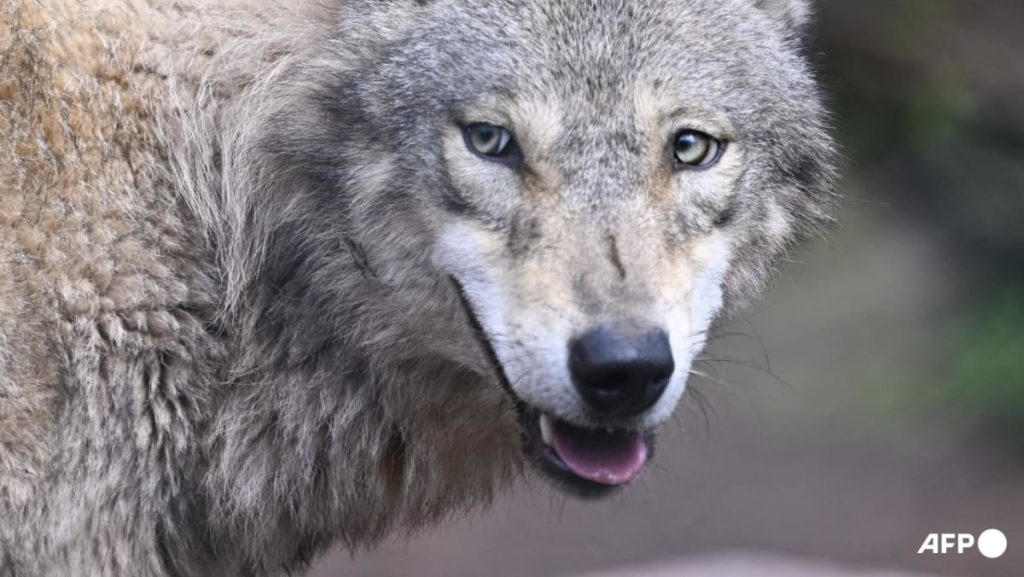Villagers in Bahraich district of Uttar Pradesh, India have killed a wolf believed to be the last of a six-member pack responsible for the deaths of nine people, eight of them children. The wolves had attacked over 40 people, sparking hysteria among residents. After trapping five of the animals, officials used drones and surveillance cameras to identify the last remaining free wolf. When villagers reported killing a prowling wolf, government forest officer Ajit Singh confirmed that the animal showed signs of physical injuries, likely connecting it to the same pack. Further investigation is necessary to confirm that no more wolves are in the area.
Wolves typically attack humans or livestock as a last resort when starving, preferring smaller prey like antelopes. Heavy flooding due to extreme rains had flooded the wolves’ hunting grounds, forcing them into more populated farmland. Some of the victims were attacked while sleeping on their verandas during monsoon rains. Bahraich district, located near the Nepal border, consists of grassland plains close to Himalayan foothill forests. India’s wolf population, estimated at around 3,000, primarily resides outside protected areas and faces habitat loss and prey scarcity leading to declining numbers. The smaller plains wolf is often mistaken for jackals and has been featured in literary works like Rudyard Kipling’s The Jungle Book.
More than 150 armed personnel and forestry officials were deployed to capture the wolves, using modern technology to track their movements. The remaining free wolf was killed by villagers, prompting the need for verification that no other wolves remain in the area. Wildlife experts attribute the aggressive behavior to the animals’ desperate search for food following habitat displacement. The wolves pose a threat due to their proximity to human settlements and their small prey preference. It is crucial to monitor the situation closely to prevent further attacks and ensure the safety of residents in the region.
The incident highlights the delicate balance between wildlife conservation and human-wildlife conflict. As habitats shrink and human activities encroach on natural territories, animals like wolves are forced to adapt and often collide with human populations. Efforts to protect both wildlife and human communities must be comprehensive and sustainable, considering the needs of all parties involved. Wildlife officials must work closely with local communities to address concerns and develop strategies for coexistence. Public awareness and education are crucial in fostering understanding and cooperation between humans and wildlife, reducing potential conflicts and promoting peaceful cohabitation.
In the case of the Bahraich wolf pack, the escalation of attacks and tragic loss of lives underscore the pressing need for proactive measures and rapid response to protect both people and wildlife. Monitoring and tracking wildlife movements, understanding their behaviors, and addressing root causes such as habitat loss are essential components of effective conservation efforts. By implementing comprehensive strategies that consider the needs of all stakeholders, including endangered species like the plains wolf, it is possible to mitigate conflicts and promote harmony between humans and wildlife. The incident serves as a wake-up call for policymakers, conservationists, and communities to come together and find sustainable solutions to ensure the survival of vulnerable species and the safety of local residents.


